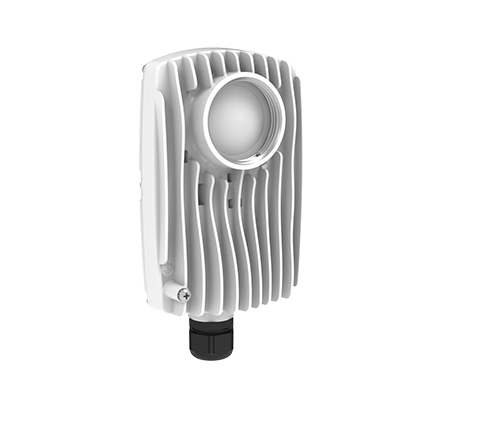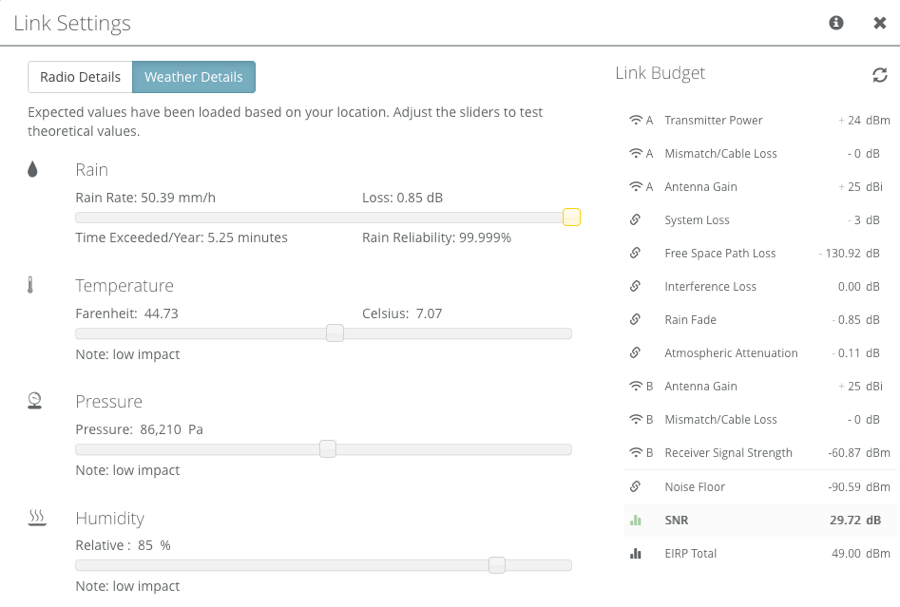Experience the perfect balance of performance and price with the new Mimosa C6x Lite Edition — built for today, ready for tomorrow.

What is link availability and what do the numbers tell you?
When you design a radio link, you have to ensure the availability meets the needs of the applications running over the air. Today’s wireless networks consist of many layers, each one having a different function. They work together as a system to provide connectivity for the end user.
Backbone segments carry all user traffic to the fiber termination point or data center. These wireless links are typically designed to 99.999% availability or greater as outages on the backbone would affect all users on the system. The backbone radios are usually Point-to-Point radios.
The access layer of the network provides the connection from the backbone to the end user. This segment of the network is usually delivered using Point-to-Multipoint radios and link availability is designed for 99.9% availability or greater.
Let’s take a look at what the number of nines (9’s) mean to the end user:

In summary, if you are designing a system to provide internet access the backbone, radio links are designed to 99.99% or greater and the access layer is designed to 99.9% or better. As a reference point, in network design, public safety networks that support police, file, etc. are designed to 99.9999% (“six nines”) to insure the call goes through when help is needed.
Mimosa provides a free design tool to allow customers to design their networks and see predicted link availability before buying and installing gear. Within the design tool you can select the amount of availability to design for under “Link Settings”, “Weather Details”.
